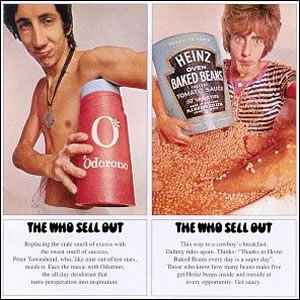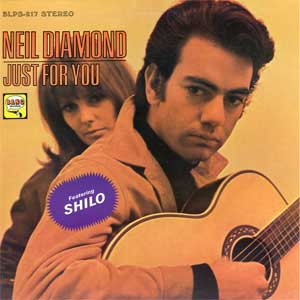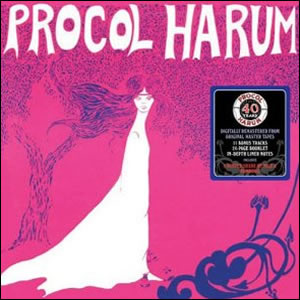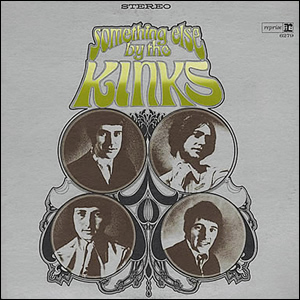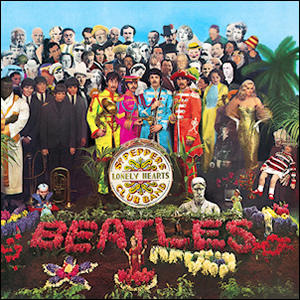Are You Experienced?
by Jimi Hendrix Experience
Buy Are You Experienced? An extraordinary debut by The Jimi Hendrix Experience, Classic Rock Review has named Are You Experienced? as our Album of the Year for the phenomenal music year of 1967. […]


